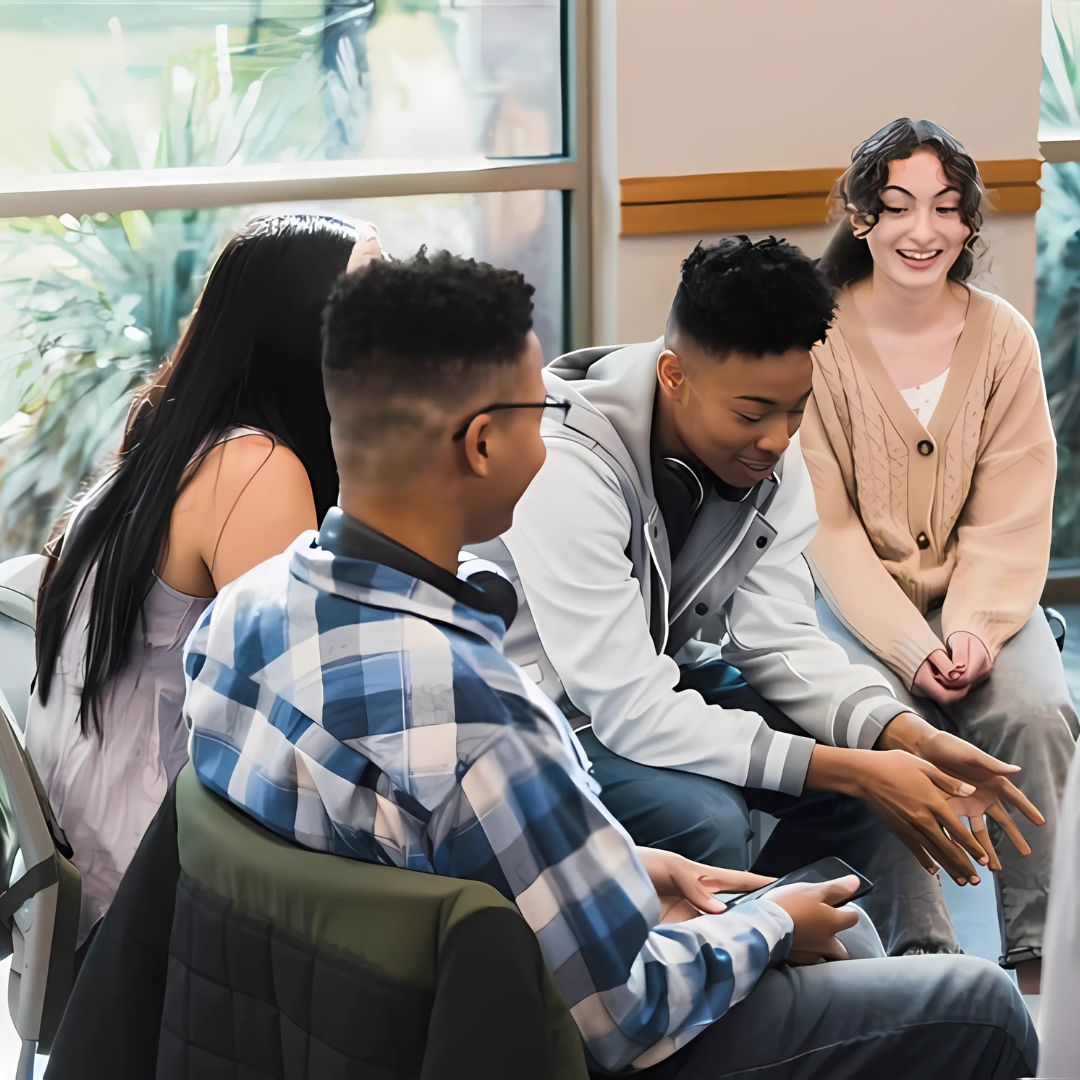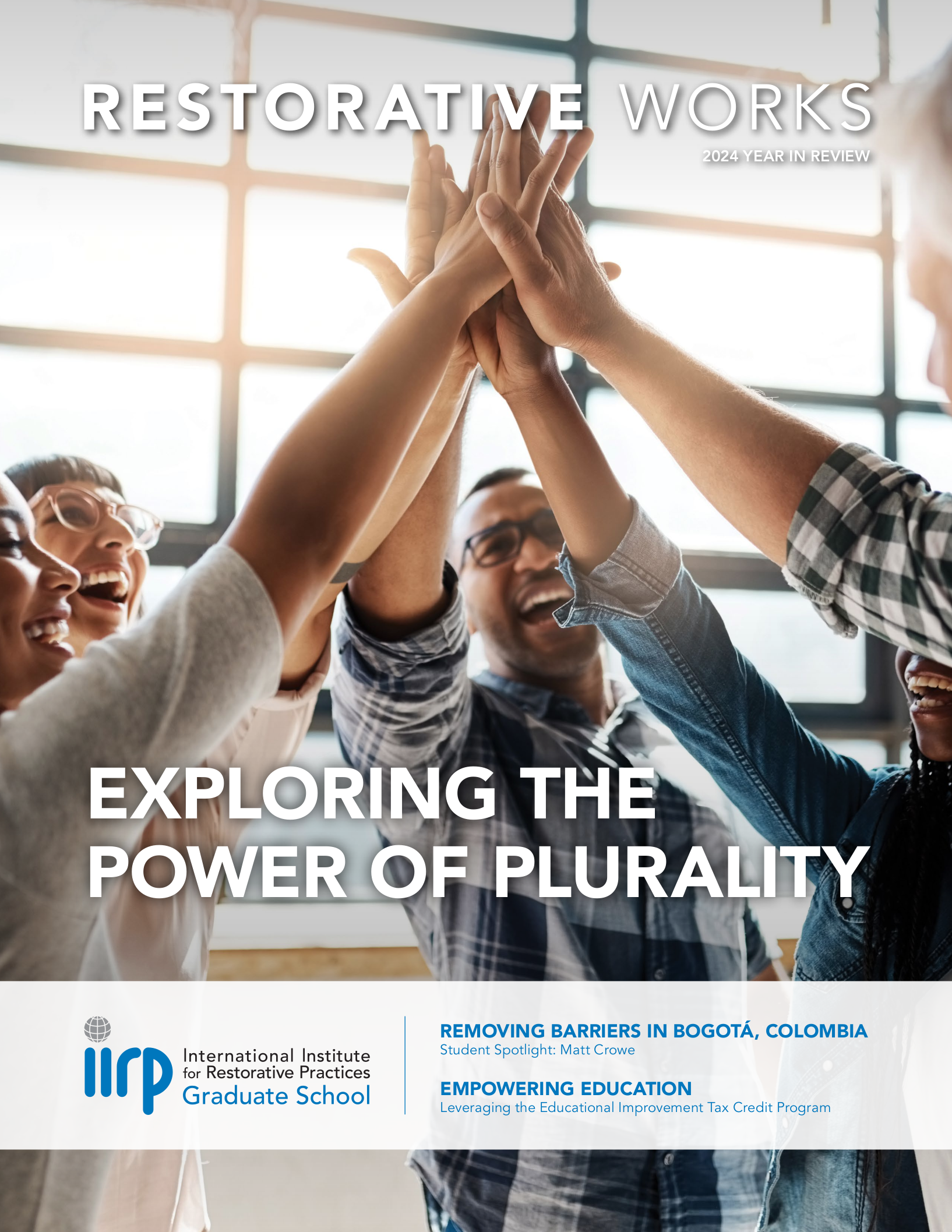Empowering young minds is crucial for a brighter future, Community Matters, located in Santa Rosa, California, is a non-profit organization committed to ensuring a brighter future for students by fostering safe and supportive school environments worldwide. Erica Vogel, CEO of Community Matters, is dedicated to youth development and community transformation. Her passion for youth development stems from her own experiences of being uplifted by programs similar to those she now champions. Recognizing the profound impact of such initiatives, she has made it her life's mission to connect communities and create positive ripple effects through the power of education.
As Community Matters evolved, they became increasingly committed to bringing restorative practices to schools. Collaborating with the International Institute for Restorative Practices (IIRP), they began training teachers to foster a warm and supportive school climate with trainings like Restorative Practices for Educators and Restorative Justice Conferencing. Proven to be proactive and preventative, restorative practices have been proven to reduce suspension rates by 36% in schools (RAND, 2018). Community Matters’ unique approach includes leaning into the social discipline window. Once influential students are identified, those who can positively impact their peers, staff work with them and teachers by providing the necessary training to uphold core principles.
The heart of Community Matters’ work is empowering students to become active contributors to their own education, rather than passively absorbing academic knowledge. Students bring up issues proactively, such as concerns about weapons and bullying. At the core of their efforts is the Safe School Ambassadors (SSA) program, designed to amplify student voices and empower young minds starting from grade 4. Part of the SSA program includes training youth as circle keepers. The students have the skills to create the spaces to resolve conflict and maintain a positive school culture. Erica says, “We want to hear their voices of course, but it doesn’t matter to just hear them, we must also give them the keys to use their voices.” Students are an active part of creating a restorative environment, and they support their teachers in this culture building work.
Every school is different, and the students are the architects of each SSA program, initiative, and norm they participate in. Establishing a restorative culture lies in maximizing positive outcomes and fostering an environment of inclusivity and voluntary participation. For example, an elementary school in the Midwest created a “Wall of Courage,” which became covered top to bottom with sticky notes written by students expressing how they planned on making the school environment a better place for all. In a northern school, a bomb threat was averted when a Safe School Ambassador felt safe to tell a program advisor about the threat, even at the risk of being labeled a “snitch”. A group of Safe School Ambassadors in Wyoming created an anti-bullying parade for their school, and the school made letter jackets for their ambassadors as a way of showing pride for their positions.
Ambassadors at this school in Wyoming found creative ways to intervene and interrupt situations of peer-to-peer conflict. For example, a Safe School Ambassador stopped a fight in its tracks by getting in the middle and yelling “I love rainbows and unicorns!” – distracting the students who were fighting. Two other ambassadors intervened and removed the fighting students after having noticed what their fellow ambassador had done to diffuse the situation.
The foundation of the Safe School Ambassadors program lies in the power of social influence. By nurturing social connection and encouraging kindness among peers, students learn to uplift each other, creating a domino effect of positivity. Ongoing training ensures that the SSA program stays relevant and effective.

